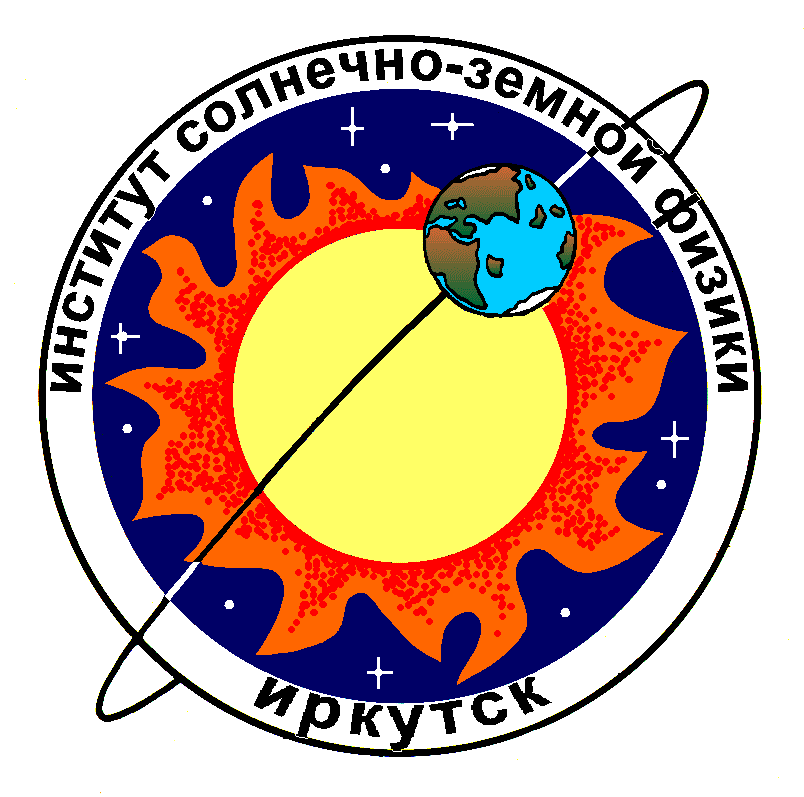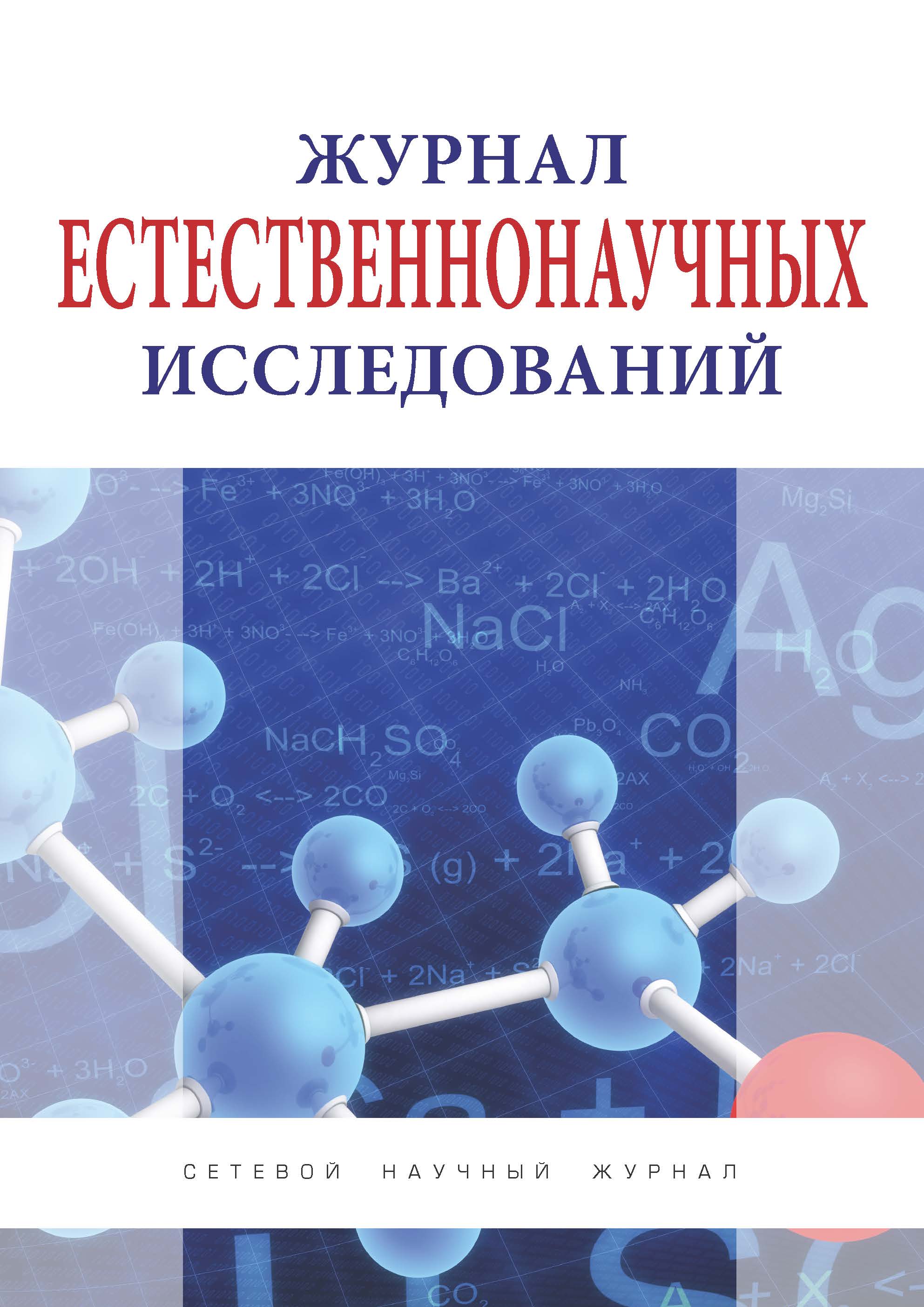Habarovsk, Khabarovsk, Russian Federation
Russian Federation
The research is aimed at both teachers and students in the discipline of descriptive (constructive) geometry. In particular, the issue of modeling a hyperbolic paraboloid as a ruled surface from the standpoint of descriptive geometry, and as a second-order surface, when described in analytical geometry, is considered. In accordance with the curriculum and program of the discipline "Special Sections of Affine, Projective and Computational Geometry" for training masters in the profile "Multimedia Systems and Computer Graphics" at FESU, the topic of "Modeling Surfaces by Interpolation and Approximation Methods" is considered. However, the known graphical interpretations in the course on descriptive geometry have a general theoretical nature, except for the source [3], which provides a constructive and analytical solution. Naturally, there is a desire to solve the inverse problem: according to the analytical task of a hyperbolic paraboloid, construct its constructive ruled form by the method of descriptive geometry.
hyperbolic paraboloid; directrix, generator; general equation of a second-order surface; plane tangent to a quadric; visualization in the mathematical package Maple
1. Astahova T.A. Uchastie v nauchno-issledovatel'skoy rabote studentov vuza kak sredstvo aktivizacii samostoyatel'noy raboty // Innovacionnye tehnologii v inzhenernoy grafike: problemy i perspektivy: sbornik trudov Mezhdunar. nauch.-praktich. konf. NGASU, BGTU. 2019. S. 27–30. EDN: https://elibrary.ru/DFWRXW
2. Ivanov V.N., Krivoshapko S.N., Romanova V.A. Osnovy razrabotki i vizualizacii ob'ektov analiticheskih poverhnostey i perspektivy ih ispol'zovaniya v arhitekture i stroitel'stve // Geometriya i grafika. 2017. T. 1. № 4. S. 3–14. DOI: 10.12737 / article_5a17f590be3f51.37534061 DOI: https://doi.org/10.12737/article_5a17f590be3f51.37534061; EDN: https://elibrary.ru/ZWSRLB
3. Ivanov G.S. Teoreticheskie osnovy nachertatel'noy geometrii: uchebnoe posobie. M.: Mashinostroenie, 1998. 157 s.
4. Kononov V.P., Kononova I.E., Moroz O.N. Principy postroeniya geometricheskih modeley nanoklasterov po tetra edricheskoy linii // Geometriya i grafika. 2022. T. 10. № 3. S. 12– 22. DOI:https://doi.org/10.12737/2308-4898-2022-10-3-12-22. EDN: https://elibrary.ru/EFINVO
5. Korn G., Korn T. Spravochnik po matematike. Dlya nauchnyh rabotnikov i inzhenerov. M.: Nauka, 1977. 832 s.
6. Korotkiy V.A. Approksimaciya fizicheskogo splayna s bol'shimi progibami // Geometriya i grafika. 2022. T. 10. № 3. S. 23–34. DOI: 10.12737/ 2308-4898-2021-9-1-3-18. DOI: https://doi.org/10.12737/2308-4898-2022-10-3-23-34; EDN: https://elibrary.ru/UCZODI
7. Li K. Osnovy SAPR (CAD/CAM/CAE). SPb.: Piter, 2004. 560 s.
8. Rustamyan V.V., Bayanov E.V., Slavin R.B. Sinteticheskoe predstavlenie preobrazovaniya «kosaya simmetriya» na primere preobrazovaniya ellipsa // Geometriya i grafika. 2023. T. 11. № 3. S. 12– 18. DOI:https://doi.org/10.12737/2308-4898-2023-11-2-18-26. DOI: https://doi.org/10.12737/2308-4898-2023-11-3-12-18; EDN: https://elibrary.ru/TMICTM
9. Sal'kov N.A. Obschie principy zadaniya lineychatyh poverhnostey. Chast' 1 // Geometriya i grafika. 2018. T. 6. № 4. S. 20–31. DOI: 10.12737 / artticle_5c21f4a06dbb74.56415078. DOI: https://doi.org/10.12737/article_5c21f4a06dbb74.56415078; EDN: https://elibrary.ru/YTZUXZ
10. Sal'kov N.A. Obschie principy zadaniya lineychatyh poverhnostey. Chast' 2 // Geometriya i grafika. 2019. T. 7. № 1. S. 14–27. DOI: 10.12737 / artticle_5c9201eb1c5f06.47425839. DOI: https://doi.org/10.12737/article_5c9201eb1c5f06.47425839; EDN: https://elibrary.ru/ZBHCLZ
11. Sal'kov N.A. Rasshirenie variantov formirovaniya lineychatyh poverhnostey // Geometriya i grafika. 2024. T. 12. № 1. S. 3–11. DOI: 10.12737 /2308-4898-2024-12-1-3-11. DOI: https://doi.org/10.12737/2308-4898-2024-12-1-3-11; EDN: https://elibrary.ru/IRNBEQ
12. Scheglov G.A. O geometricheskoy interpretacii kvaternionov konusami // Geometriya i grafika. 2022. T. 10. № 3. S 23–34. DOI:https://doi.org/10.12737/2308-4898-2022-10-3-23-34. EDN: https://elibrary.ru/UCZODI






